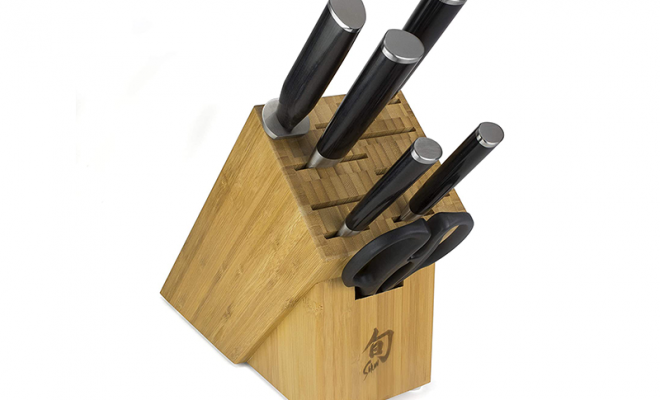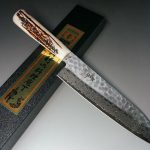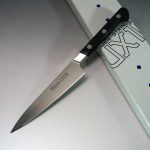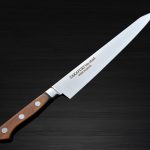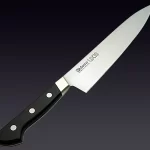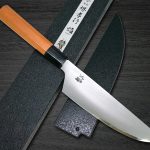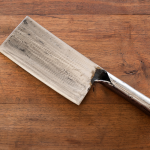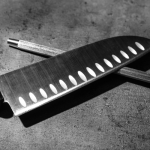img by : https://www.kai-group.com/
When it comes to precision, sharpness and balance, it’s hard to beat Japanese knives, and Shun is currently King of the Hill in the Japanese knife market.
In particular, Shun’s edge retention is significantly better than just about any other major brand. I have owned Shun Classic knives, and they held their edge very well under average household use (used them for dinner anywhere between 3-5 times per week) for an average of 8-12 months before I felt they needed a real sharpening.
Features of Shun Classic 7-piece Block Set
The 7-piece set is my favorite because it represents the simplest, most streamlined collection of basic knives you need. No 3 different sizes of chef knife, no hollow-ground steak knives, or bird’s-beak paring knife. Just an 8” chef, a 9” bread knife, a 6” utility, a 3” paring, a honing steel and a set of shears.
There is nothing in the set that a serious or aspiring home cook will not use on a regular basis, and there are few tasks you cannot easily accomplish with one of those knives. The utility knife in particular is great for prepping raw meats and fish, doing precision slicing, working with smaller vegetables, or any number of small-to-medium size task.
All the knives display Shun’s legendary sharpness
Chopping up an onion with a new Shun is a completely tearless experience because the sharpness and smoothness of the edge reduce the amount of cellular damage to the food. The knives are light, but not flimsy, perfectly balanced at the bolster, and comfortable and stable in the hand thanks to the smooth, D-shaped handles.
The handles are made of Pakkawood, a wood-plastic laminate, and are very durable and water-resistant (of course one should avoid soaking the knives and never put them in the dishwasher.
Shun Classics are visually beautiful, with a 32-layer Damascus-style clad steel exterior covering the VG-10 steel core. Because the ‘Damascus’ is in fact only layers of steel, and not actually folded metal, I have noticed on some very old Shuns the tendency for the pattern to fade – however that should not be a problem with home-kitchen use for many, many years.
The only downside to the Classics
That because the edge is much finer and the steel harder, they are less forgiving of abuse than a European knife.
I have seen Shuns with nicks and chips, usually resulting from someone trying to chop up a chicken bone with a chef’s knife, or cutting on a granite countertop. Use the knives for their intended purposes, and cut on a softwood or plastic cutting board, and you should avoid any problems. If you need something for cutting up bones or frozen hunks of meat, it’s called a cleaver.
Although they require a little more time and elbow grease to resharpen than their softer European cousins, Shun Classics are still very doable at home.
The 61 Rockwell hardness is a great balance between hardness and sharpenability.
However, Shun does offer free sharpening for all its knives by mail, so if you can stand to be without them for a week or two, it’s the best way to ensure they keep that amazing edge.
However, after you use these knives a few times, you may find life hard to imagine without them.

